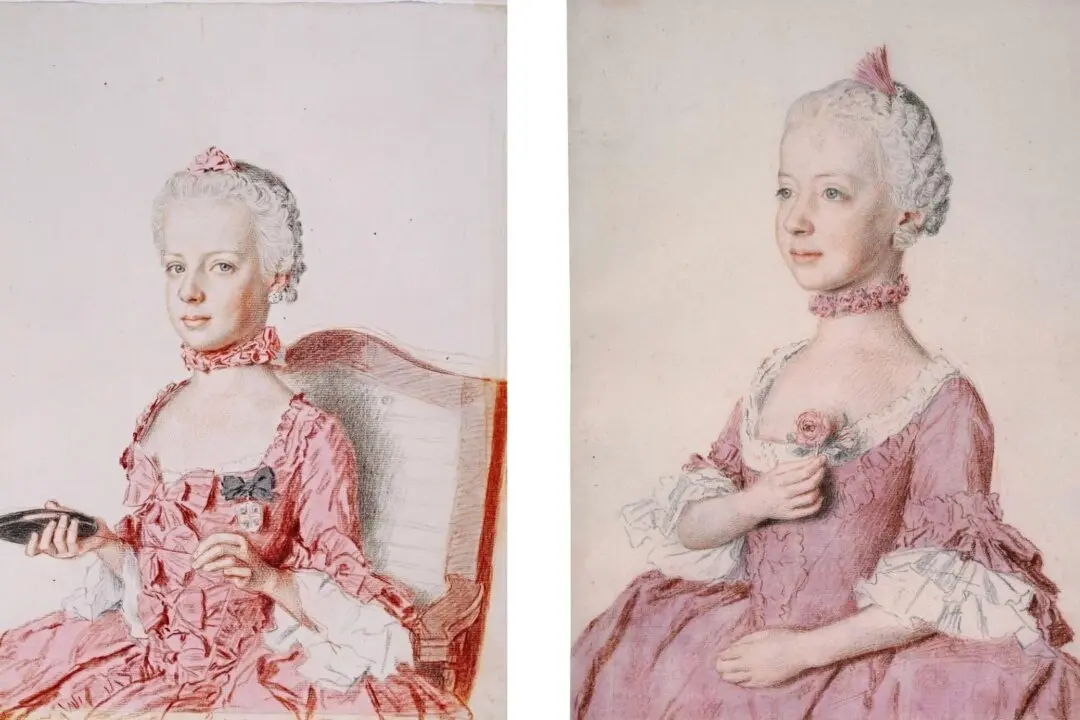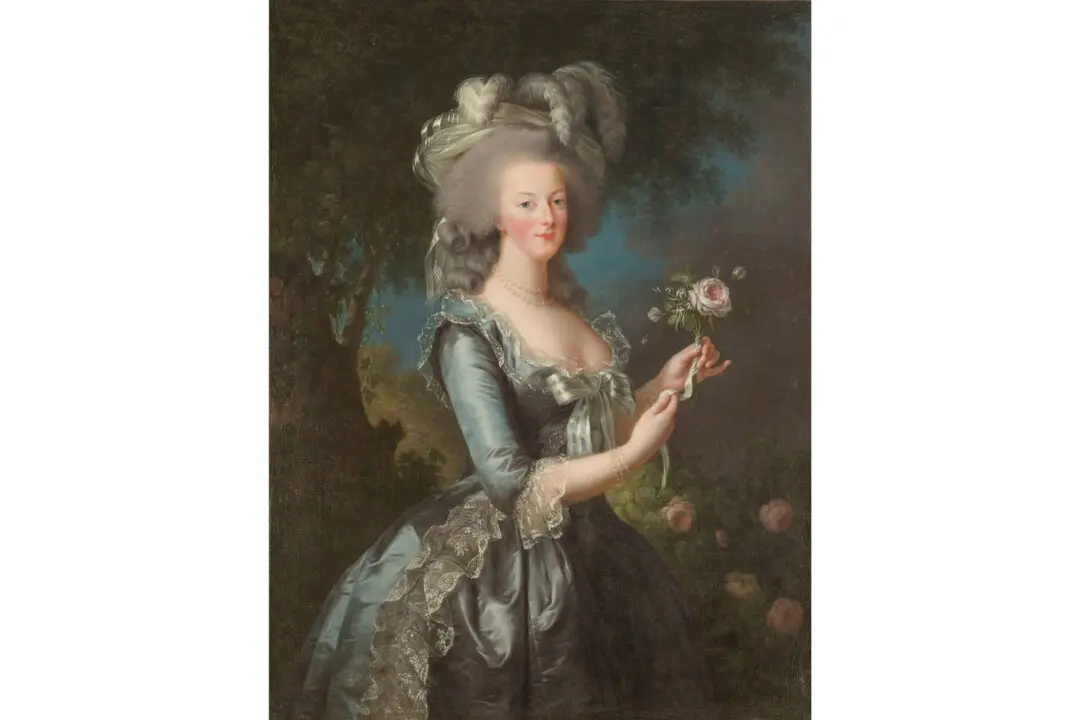It may be hard to imagine, but many well-known masterpieces are not how the artists originally painted them. In the past, paintings were often altered to fit into an interior design where it would be viewed. For instance, parts of both Johannes Vermeer’s “Girl Reading a Letter at an Open Window“ and Giovanni Battista Tiepolo’s “Bacchus and Ariadne” were overpainted, changing the compositions; Diego Velázquez’s “The Spinners” was enlarged when it was hung in the new royal palace in Madrid; and Rembrandt’s “The Night Watch” was trimmed to fit into a smaller space in Amsterdam City Hall (which is now the royal palace).
With the exception of “The Night Watch,” each of the above artworks has been permanently restored, by human hands, to try to replicate how the artist originally intended it to appear. Experts at the Rijksmuseum in Amsterdam have recently used artificial intelligence to simulate the missing parts of “The Night Watch,” to hint at Rembrandt’s overall composition.






